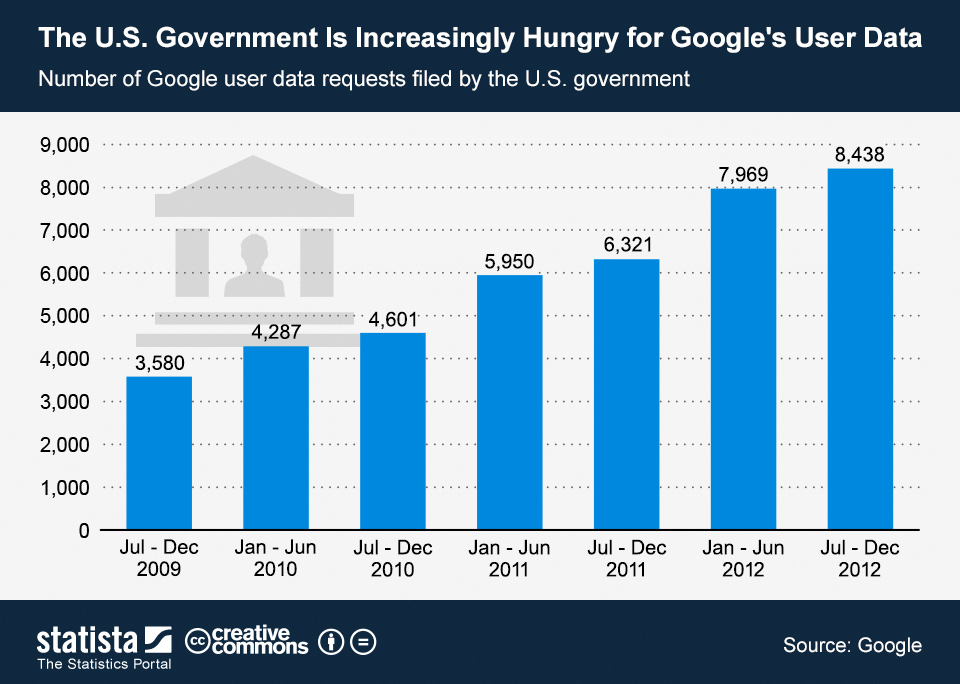
First, we show that passively collected data on human mobility, which has previously been used to measure NPI compliance 20, 21, 22, 23, 24, 25, 26, can also effectively forecast the COVID-19 infection response to NPIs up to 10 days in the future. This approach is built on two main insights. Here, we aim to address this “modeling-capacity gap” by developing, demonstrating, and testing a simple approach to forecasting the impact of NPIs on infections. In addition, early evidence suggests a need to adapt models to a local context, particularly for developing countries, where disease, population and other characteristics are different from developed countries, where models are primarily being developed 17, 18, 19. With global public health capacity stretched thin by the pandemic, thousands of cities, counties, and provinces-as well as many countries-lack the data and expertise required to develop, calibrate, and deploy the sophisticated epidemiological models that have guided decision-making in regions with greater modeling capacity 14, 15, 16.


In contrast, many local and regional decision-makers do not have access to state-of-the-art epidemiological models, but must nonetheless manage the COVID-19 crisis with the resources available to them. In some contexts, these decision-makers have access to state-of-the-art models, which simulate potential scenarios based on detailed epidemiological models and rich sources of data (for example 12, 13). Thus, different populations have adopted wildly different containment strategies 11, and local decision-makers face difficult decisions about when to impose or lift specific interventions in their community. These NPIs have been shown to slow the spread of COVID-19 1, 2, 3, 4, but they also create enormous economic and social costs (for example 5, 6, 7, 8, 9, 10). Societies and decision-makers around the globe are deploying unprecedented non-pharmaceutical interventions (NPIs) to manage the COVID-19 pandemic. We find that NPIs are associated with significant reductions in human mobility, and that changes in mobility can be used to forecast COVID-19 infections. We evaluate this approach using local and regional data from China, France, Italy, South Korea, and the United States, as well as national data from 80 countries around the world. An advantage of the approach is that it involves minimal assumptions about disease dynamics, and requires only publicly-available data. This approach uses simple and transparent statistical models to estimate the effect of NPIs on mobility, and basic machine learning methods to generate 10-day forecasts of COVID-19 cases.

We show that publicly available data on human mobility-collected by Google, Facebook, and other providers-can be used to evaluate the effectiveness of non-pharmaceutical interventions (NPIs) and forecast the spread of COVID-19. Policymakers everywhere are working to determine the set of restrictions that will effectively contain the spread of COVID-19 without excessively stifling economic activity.


 0 kommentar(er)
0 kommentar(er)
